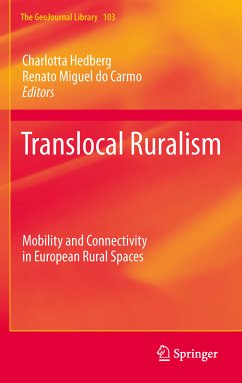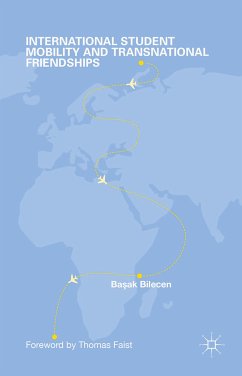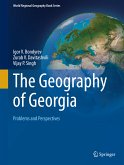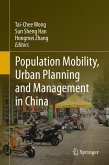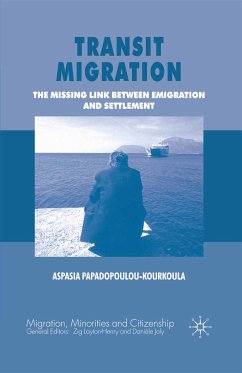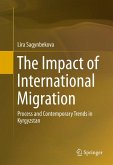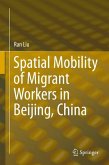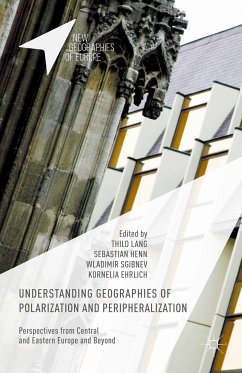Rural areas are often viewed as isolated and stagnating areas and urban areas as their opposites. Against such a backdrop, this book seeks to unveil a set of dynamics that view rural areas as 'translocal' in the sense that they are 'changing' and 'interconnected'. Social transformations take place in rural areas as the result of intense exchanges between different people, settings and geographies. Accordingly, rural-urban but also rural-rural interrelations on international and national scales are strongly contributing to rural change. Translocal ruralism is exemplified through the analysis of local and global migratory flows, the activities of rural firms in national and global arenas, the spread of different forms of transportation and dislocation, and the growing information society, which enables rural spaces to be connected to the world and improves new ways of interconnection and sociability practices.
The book is structured into two parts, which intertwine thedynamics of rural spaces. The first part, 'Linking nodes: people and networks connecting places', is concerned with mobilities such as migration and commuting, and the establishment of national and global networks. The second part, 'International mobilities: a tension between scales', analyses the dynamics of international migration and mobilities in rural areas.
Dieser Download kann aus rechtlichen Gründen nur mit Rechnungsadresse in A, B, BG, CY, CZ, D, DK, EW, E, FIN, F, GR, HR, H, IRL, I, LT, L, LR, M, NL, PL, P, R, S, SLO, SK ausgeliefert werden.

